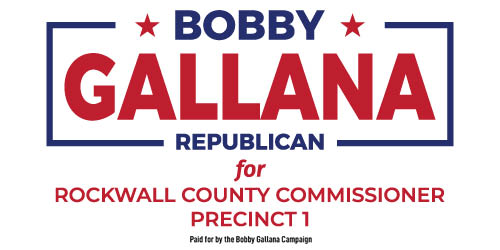(ROCKWALL, TX — May 29, 2019) We all know someone who is a self-professed “Hop Head” – not to be mistaken with “Pot Head.” While this plant is a cousin to Cannabis, it does not contain any THC. So what is the deal with this magical beer ingredient? Hops are flowers from the plant Humulus Lupulus. Historically, hops were basically a European weed that was first cultivated in the Hallertou region of present day Germany.
The hops flower or cone contains several different oils. Depending on their use in the beer, they can create different taste, aroma, and flavor layers in the finished beer. Fun fact: these oils work to coat any bacteria smothering it and preventing it from replicating, thus giving the beer some antibacterial properties. Traditionally, the hops must be boiled or at least added while the beer is still hot so that the hop oils are “isomerized” or dissolved into the beer. This adds the bittering component that balances the sweeter components of the beer. The level of bitterness is dependent on how many hops are added, the time they are boiled and how much alpha acid (the acid that makes it bitter) is present in the hops. Hops added early in the boil will isomerize more and add more bitterness. Hops added later in the boil will add more flavor and aroma. Many west coast styles of beer add a bunch of hops late in the boil, making them less harsh and more flavor and aroma centered. Examples include: Green Flash West Coast Style IPA and Manhattan Project Hoppenheimer.
You have probably seen some of these newer beers advertising the hop varieties on the can or bottle. Varieties are what make the hop forward beers taste different. The flavor is so strong at first that it takes some time to start to pick out the more delicate flavors of hoppy beers. You may pick up notes of citrus, melon, tropical, stone fruit, grassy, floral, earthy… the lists goes on and on. Varieties are just different strains of hops that have different oil contents and come from different soil or growing regions. There are currently at least 80 different hop varieties. There are four main categories of hops: English, European, American, and Pacific.
Finally, dry hopping; you may have heard this term and thought what the heck is that? Dry hopping occurs when the brewer takes hops, dumps them into a mostly fermented beer right toward the end and allows the hops to soak in. This can create an intense aroma and a green/grassy flavor. Tupps DDH series is a great example of dry hopping. Come on in to Beer Geeks today and get some Hops for Pops this Father’s Day!
Cheers!
Jason Roe
Beer Geek
 Beer Geeks is a craft beer bottleshop located in downtown Rockwall. We have over 275 craft beers from all over the world. Everything is organized by style and priced as singles, so you can build a custom pack out of anything, everything in the store. Where it’s okay to geek out about beer! BeerGeeksShop.com. This is a sponsored guest column appearing monthly in Blue Ribbon News and online at BlueRibbonNews.com.
Beer Geeks is a craft beer bottleshop located in downtown Rockwall. We have over 275 craft beers from all over the world. Everything is organized by style and priced as singles, so you can build a custom pack out of anything, everything in the store. Where it’s okay to geek out about beer! BeerGeeksShop.com. This is a sponsored guest column appearing monthly in Blue Ribbon News and online at BlueRibbonNews.com.
 Our monthly print edition is delivered free to ~22,000 homes in Rockwall and Heath, TX.
Our monthly print edition is delivered free to ~22,000 homes in Rockwall and Heath, TX.
To share your good news and events, email editor@BlueRibbonNews.com.
Subscribe to our email newsletter here.
Advertising: 214-342-8000 or advertising@BlueRibbonNews.com.







